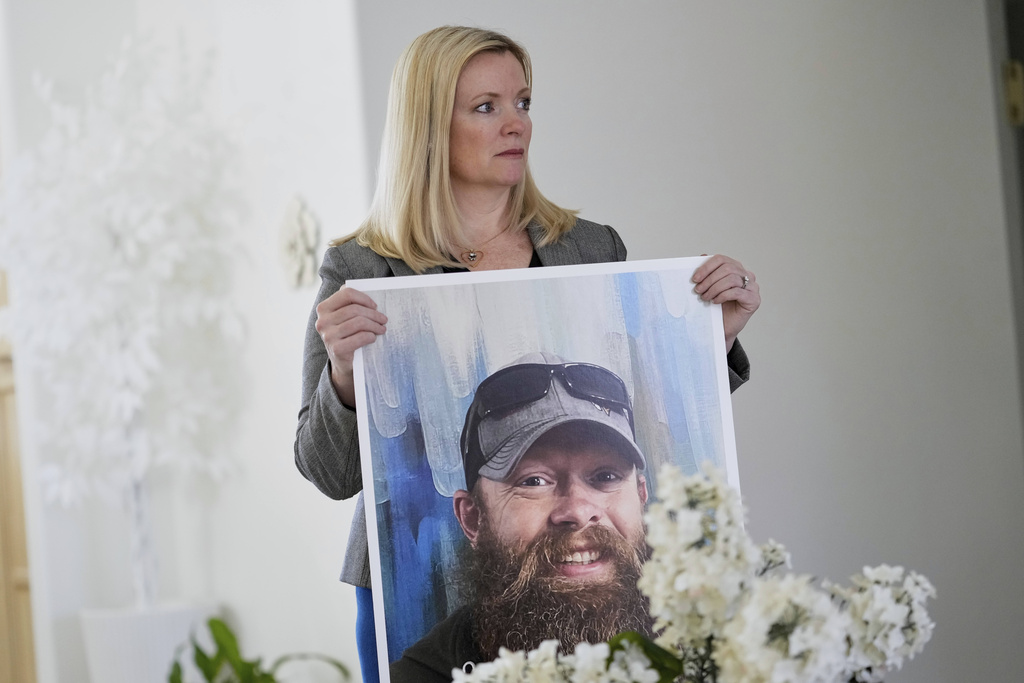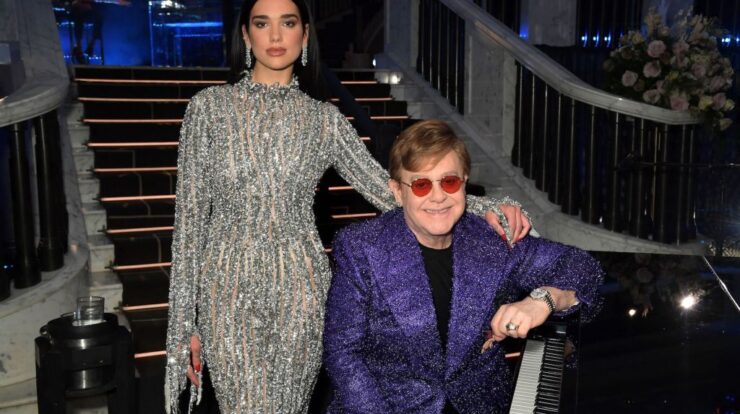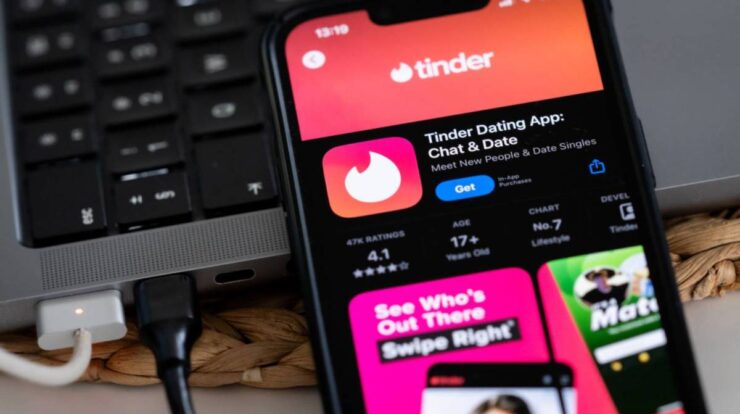
Stacey Wales clutched the podium, fighting back tears as she implored the judge to impose the harshest penalty allowed for manslaughter against the individual responsible for her brother’s death.
What appeared next stunned those in the Phoenix courtroom last week: An AI-generated video with a likeness of her brother, Christopher Pelkey, told the shooter he was forgiven.
The judge expressed his admiration for the video before handing down the maximum possible sentence of 10.5 years to the shooter, which exceeded what the prosecution had requested. Shortly after the court session on May 1st, the defense attorney submitted a notice of appeal.
Defense attorney Jason Lamm won’t be handling the appeal, but said a higher court will likely be asked to weigh in on whether the judge improperly relied on the AI-generated video when sentencing his client.
Across the nation, courts have been wrestling with the most effective ways to address the growing influence of artificial intelligence within the legal setting. Prior to Pelkey’s relatives employing AI technology to provide his statement during the victim impact segment—an unprecedented move in American courts—the Arizona Supreme Court had established a panel dedicated to exploring optimal AI procedures.

In Florida, a judge recently wore a virtual reality headset designed to illustrate the perspective of a defendant who claimed he acted in self-defense when he brandished a loaded firearm at wedding attendees. However, the judge did not accept this argument.
In New York, a man who didn’t have legal representation employed an AI-created avatar to present his arguments in a lawsuit through a video call. The judges quickly recognized that the person appearing on the screen was not a real individual.
wasn’t real
.
Specialists indicate that incorporating AI into courtrooms brings up significant legal and ethical issues, particularly if utilized proficiently enough to influence judges or juries. They also contend that this might disproportionately affect underrepresented groups undergoing criminal proceedings.
“I believe this may become a contentious type of evidence partly because it might favor parties with greater resources over those who lack them,” explained David Evan Harris, an AI deep fake specialist from UC Berkeley’s business school.
Harris mentioned that AI has significant persuasiveness, and researchers are examining how this technology intersects with manipulative strategies.
Cynthia Godsoe, who teaches law at Brooklyn Law School and previously worked as a public defender, noted that as this technology keeps expanding beyond conventional legal norms, courts will face issues they’ve never encountered before: Is this AI-generated photo truly consistent with what the witness described? Could this video distort aspects such as the suspect’s height, weight, or skin color?
It’s certainly an alarming development,” she stated, “as it might shift further towards fabricated proof that individuals may not recognize as untrue.
Regarding the incident in Arizona, the victim’s sibling informed The Associated Press that they pondered over the “ethical and moral” implications of crafting a screenplay and employing their brother’s image to provide him with a voice at the sentencing proceeding.
“It was crucial for us to handle this with integrity and principles, ensuring we didn’t express anything Chris wouldn’t approve of or stand behind,” stated Stacey Wales.
In Arizona, victims have the option to submit their impact statements in any digital format, according toJessica Gattuso, an attorney specializing in victims’ rights, who advocated for the family involved.
When the video was shown in court, Wales stated that only she and her spouse were aware of it.
“The aim was to make Chris more relatable and to influence the judge,” Wales stated.
Following his review, Maricopa County Superior Court Judge Todd Lang expressed that he “appreciated the elegance of Christopher’s statements” in the artificial intelligence video.
It also reflects on the family dynamics,” he remarked. “Given that you shared your anger with me and called for the harshest penalty possible, despite wanting that outcome, you still permitted Chris to express himself just as he perceived it.
When appealing, the defense attorney argued that the judge’s remarks might lead to the verdict being reversed.
___
Contributing to this report were Associated Press writers Sarah Parvini from Los Angeles, Sejal Govindarao from Phoenix, and Kate Payne based in Tallahassee, Florida.





